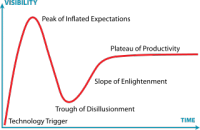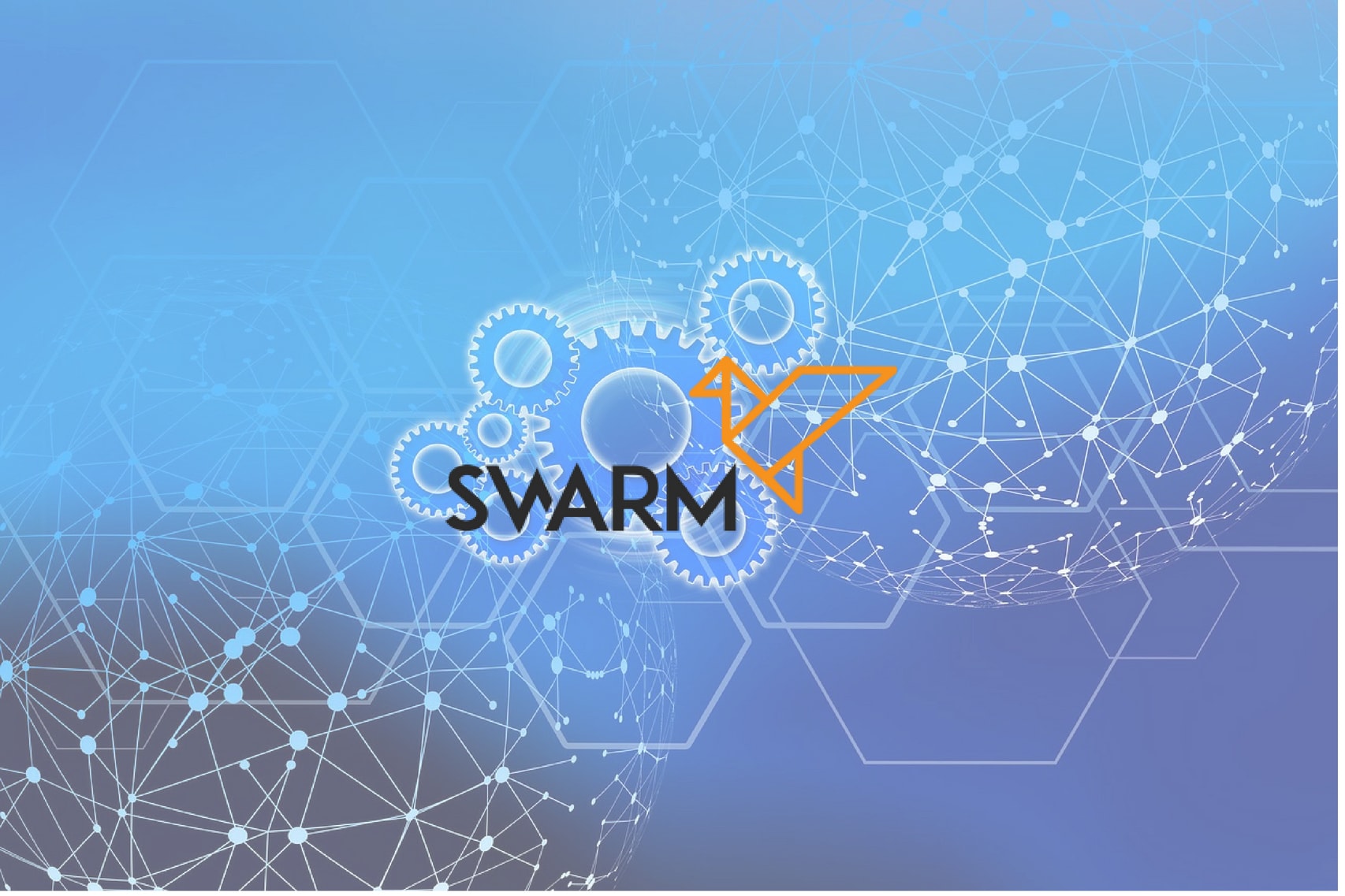Swarm Fund is coming to prominence in the crypto space by setting out to tokenize just about everything. From the start, Swarm has been specializing in overcoming one of the biggest hurdles to this goal — regulatory compliance.
This hurdle may be a big part of the so called “trough of disillusionment” on the cycle of the adoption of a new technology. This “hype cycle” is often referenced in discussions about blockchain technology.

Some are comparing the current bear market to this trough of disillusionment. After all the initial excitement about the amazing things that blockchain tech can do for us, the hard realities of implementing these ideas have set in.
One of the foremost among these hard realities is the need for regulatory approval. This is the problem that Swarm is stepping in to solve with the Market Access Protocol (MAP).
How the Market Access Protocol Makes It Easier to Trade Security Tokens
Existing whitelisting solutions are highly demanding on investors and infeasible for qualification providers and exchanges to adopt. With MAP we are releasing an open protocol that enables participants in the security token market to interact based on essential privacy, incentives, and integration efficiencies. MAP will be a catalyst for the next wave of growth in crypto investing.— Philipp Pieper, CEO of Swarm Fund
The MAP is essentially a unified architecture that can be utilized to verify the nature of a token, the status of an investor or trader, and if the wallet of that investor or trader has fulfilled the requirements to be transacting with the given token. These requirements could include Know Your Customer (KYC) standards, or accredited investor status.
There are 4 types of actors who interact with the MAP — token issuers, service providers, investors, and exchanges.
The token issuers are people seeking to raise capital, who issue tokens in exchange for investment. In traditional finance, issuers are the corporations like Apple or Facebook who issue a stock offering. Token issuers engage service providers to bring their security token to market.
A service provider is someone who adds value to the process of creating or accessing security tokens. This could be a trusted investor qualification provider, a token issuance tech platform, or even a government agency like the US Securities and Exchange Commission (SEC).
An investor is an institution or individual that wants to trade in different tokens, and an exchange is a marketplace in which security tokens are traded
Think about the present situation — on many cryptocurrency exchanges, when you open an account, you are required to upload ID verification. More verification gives you more privileges in terms of daily withdrawal and purchase limits. This can get pretty annoying if you open a lot of accounts, because you are going through the same procedures over and over again.
This process is even more complicated when it comes to dealing with securities which already have a ton of regulations surrounding their purchase and transfer. Imagine you have an exchange or marketplace with a variety of tokens, each representing different assets, from ownership in tech startups to frequent flyer miles.
Of course there will be different regulations governing different assets. These regulations may also vary from country to country, or even within countries.
With a centralized exchange platform, it would be tedious to try to manage all of the data — the location of a user, their ID, their qualification as an investor in a certain jurisdiction, the location of the token issuer and the laws of the jurisdiction governing the token, and so on and so forth.
Trying to do this with a decentralized exchange would be even more daunting due to the public nature of such networks.
How MAP Works
Enter MAP.
In essence, MAP consists of 2 layers: the Market Access Graph and the Transaction Layer.
The Market Access Graph contains all of the data necessary for determining the legality of a transaction, including all information related to tokens and token providers. This layer is used by an exchange or app, and could be integrated into their system via an API.
Then comes the Transaction Layer, which contains all relevant information about the investors.
When an investor makes a transaction, the exchange or application can automatically compare data on the Transaction Layer (user or wallet info) to the data on the Market Access Graph (related to the token). If it’s a match, the transaction is greenlighted.
All of this takes place on blockchain, with nodes collecting transaction fees for processing transactions. Furthermore, when a trusted qualification provider verifies data, they receive a portion of the fee any time their data is used in a successful transaction, which provides incentives to maintain the network.
The cryptography of the blockchain also makes it possible to verify all of this data while still keeping the identity of the investor private. Additionally, MAP does not hold personally identifiable information (PII). This means investors could use public decentralized exchanges with regulatory requirements (and thus approval), without making their identities known to the world.
Summary
Swarm’s Market Access Protocol is a much-needed component of the crypto ecosystem. If it becomes an industry standard, it could dramatically accelerate the process of tokenizing real-world assets, and bring money flooding into the crypto space.
By making the process of regulatory compliance much easier, MAP could enable players in the crypto space to put more focus on offering quality products, which would be a good thing for everyone.
It reduces friction for both crypto service providers and users in a big way, increasing the overall efficiency of the market.
A solution like the MAP may be a major step needed in the passage from the “trough of disillusionment” to the “plateau of productivity.”
To keep up with the latest news from Swarm, join their Telegram and follow them on Twitter.
Related: Polymath Core Mainnet v1.3.0 is One Step Closer to Legitimizing Security Tokens

